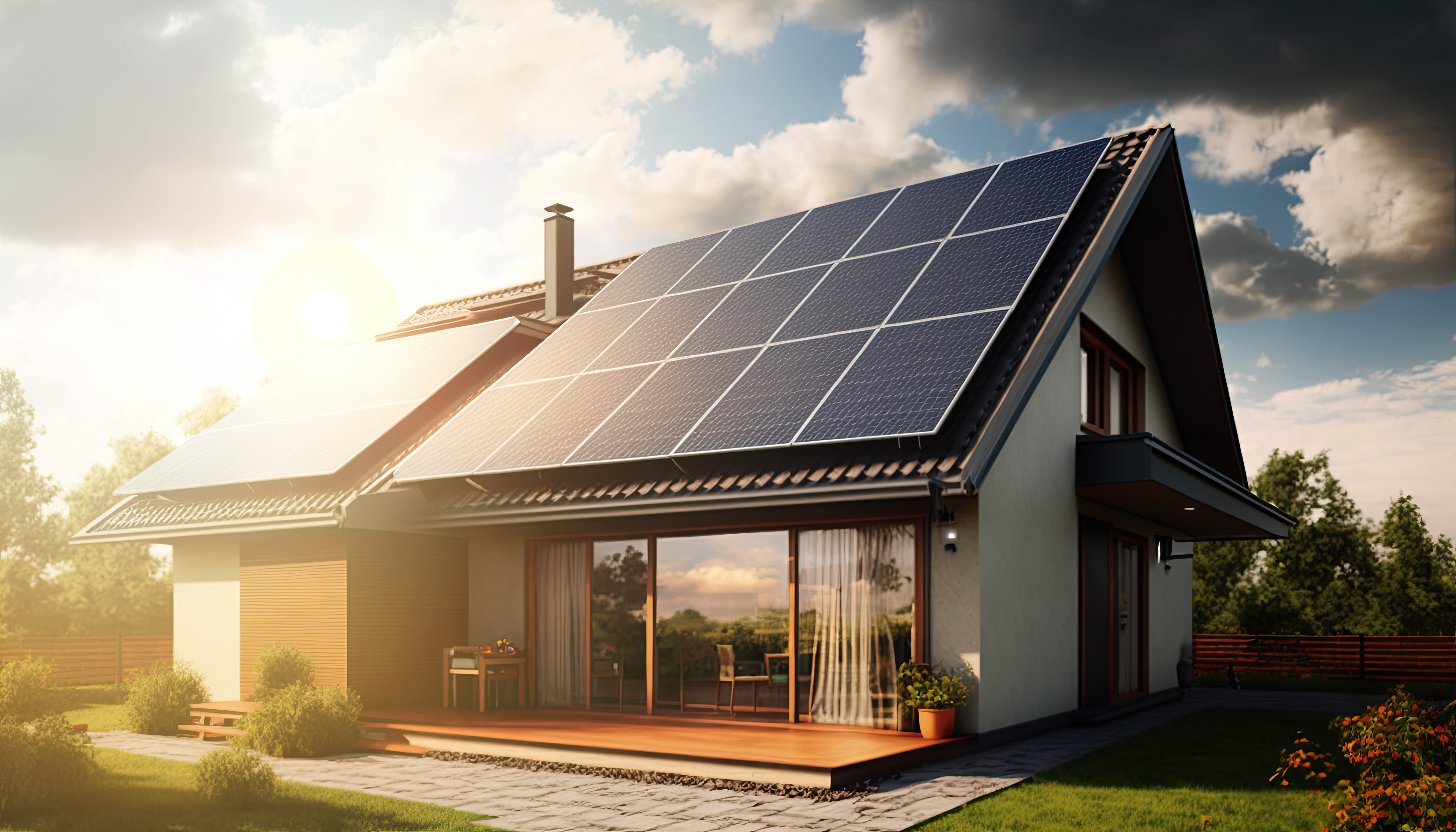The Ultimate House Viewing Checklist for Buyers
06 Jan
Please wait...
16 Jul

Green Real Estate and Sustainable Living
Green real estate is more than just a trend—it's a commitment to environmental responsibility that reshapes how we live and build homes!
In this blog post, we'll explore what it means to embrace green real estate, how it differs from sustainable living, and practical steps you can take to make your home more eco-friendly.
What Does It Mean To Be Green In Real Estate?
Green real estate focuses on reducing the environmental impact of homes through energy-efficient practices and eco-friendly materials. This includes choices like using renewable energy sources, minimizing waste, and promoting indoor air quality.
Is green living the same as sustainable living?
While green living and sustainable living share similar goals, sustainable living goes beyond individual actions to include broader lifestyle changes that promote long-term ecological balance and social responsibility.
How Can I Make My Home More Green Or Sustainable?
Transforming your home into a greener space begins with simple yet impactful changes. Below are five common ways to get started with your green practices today!
1 | Green Landscaping and Outdoor Practices
There are countless ways to incorporate green real estate into your landscape. Below are just two common ideas that are easy to start with:
Rainwater Harvesting: Install a rainwater harvesting system to collect rainwater for outdoor watering and reduce reliance on municipal water supplies.
Native Plants: Landscaping with native plants adapted to the local climate requires less water, fertilizer, and maintenance.
2 | Water Conservation
Saving on water is one of the best and simplest ways to live more sustainably! Install low-flow faucets and showerheads, fix leaks promptly, and consider drought-resistant landscaping to reduce water consumption.
3 | Sustainable Materials and Furnishings
Making small choices can make a big difference. For instance:
Furniture: Opt for furniture made from sustainable materials such as reclaimed wood, bamboo, or recycled materials.
Flooring: Choose eco-friendly flooring options like cork, bamboo, or sustainably harvested hardwoods instead of carpets made from synthetic fibers.
4 | Waste Reduction
To reduce landfill waste, set up a recycling system for household waste, compost organic materials, and choose products with minimal packaging.
5 | Efficient Appliances and Electronics
In today's market, there are so many options for efficient appliances and technology, from budget-friendly gadgets to major investments.
Energy Star Appliances: Replace old appliances with energy-efficient models bearing the Energy Star label to reduce electricity consumption.
Smart Power Strips: Use smart power strips to automatically turn off electronics when they're not in use to prevent energy waste.
What is Eco-Friendly Home Design?
Eco-friendly home design focuses on creating living spaces that minimize negative environmental impacts throughout their lifecycle. This approach blends sustainability, energy efficiency, resource conservation, and indoor environmental quality with residential building design, construction, and operation.
Some features of eco-friendly home design include:
3 Renewable Energy Options in Reality
Incorporating renewable energy sources into your home or property can significantly reduce your carbon footprint.
Here are the top three most common ways:
Sustainable Building Practices
Sustainable building practices contribute to energy efficiency, resource conservation, improved indoor air quality, and environmental responsibility in residential construction and renovation projects.
When building or renovating, consider practices that minimize environmental impact:
Is Green Living Expensive?
While it may not seem like it, green living doesn't always mean higher costs. Some eco-friendly upgrades may require an initial investment, but they often result in long-term savings on energy and water bills. Not to mention, government incentives and rebates can offset upfront expenses for renewable energy installations and energy-efficient improvements.
CITED: Mipimworld.com, Housebeautiful.com, Synergyhomesfl.com, Energy.gov